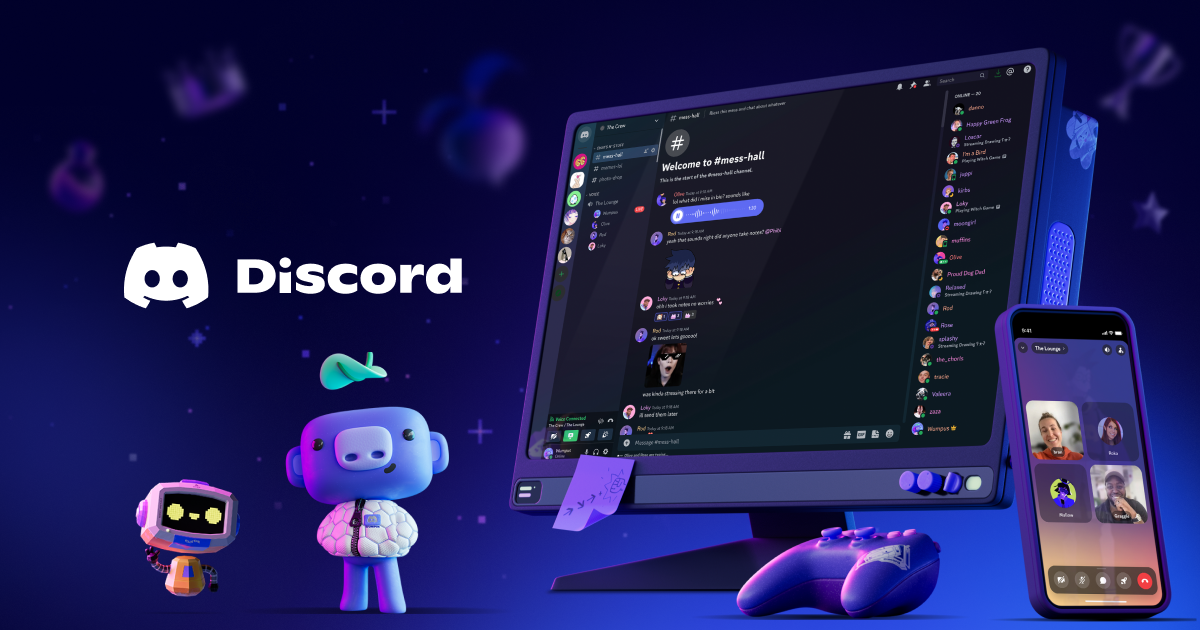Hi
Spent a few hours this lazy afternoon getting this riff out of my head, via Sonic Pi, and also learning how to sequence events and patterns as the tune evolves. Bonus points if you can name the tune or band ![]() Loop names are a clue.
Loop names are a clue.
use_bpm 54
kk = :drum_heavy_kick
sn = :drum_snare_hard
/anacrusis/
1.times do
sample kk, amp: 4
sample sn, amp: 0.7
sleep 0.25
end
with_fx :reverb, room: 0.6 do
define :pat do |pat|
return pat.ring.tick == "x"
end
/mike/
live_loop :mike1 do
sample kk if pat "x--xxx-x"
sleep 0.25
end
live_loop :mike2 do
sample sn, amp: 0.7 if pat "--x---x-"
sleep 0.25
end
/big jim/
use_synth :bass_foundation
with_fx :distortion, distort: 0.7 do
live_loop :jim do
use_synth_defaults release: 0.2, amp: 0.5
sleep 7.75
play_pattern_timed [50, 52, 40], [0.125,0.125,0.25]
sleep 6.75
2.times do
play_pattern_timed [40,40, [50,55,59]], [0.125,0.125,0.25]
end
stop
end
end
/billy/
riff = [0,12,0,0,0,12,0]
durs = knit(0.5,1, 0.25,6)
live_loop :billy, delay: 16 do
use_synth_defaults release: 0.25
tick
play 40 + riff.look - 12
sleep durs.look
end
/roddy/
with_fx :vowel, pre_mix: 2 do
use_synth :hollow
use_synth_defaults attack: 0.2, cutoff: 80, res: 0.99, noise: 2
live_loop :chor, delay: 24 do
play [56,59], release: 3, amp: 5
sleep 2
play [57,60], release: 3, amp: 5
sleep 2
play [59,62], release: 3, amp: 5
sleep 2
play [57,60], release: 3, amp: 5
sleep 2
end
end
end
PD-Pi

